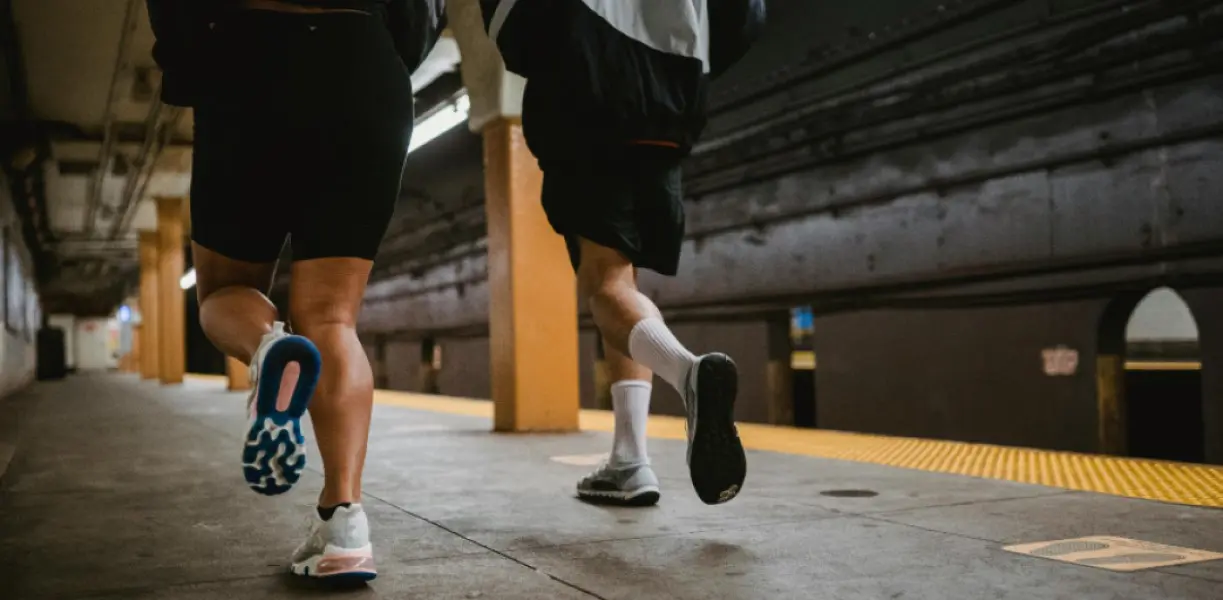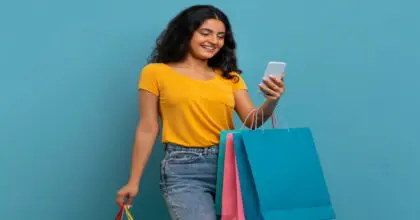Another New York fashion week has come and gone, and now more than ever, the designs and trends spotted at the shows are making their way to industry insiders and mass consumers through the lens of social media. That’s why it’s so important to understand the key trends observed at this season’s shows, which will trickle down to mainstream consumers sooner than later.
Here’s a breakdown of the must-see looks and must-know trends from NYFW 2019:
Instagram-worthy looks
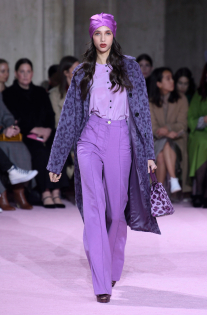
Designers showcased a slew of eye-catching ensembles that are destined for social media sharing. Many collections included head-to-toe hues in bold colors (think bright purple, pops of mustard, neon pink and green) interspersed with eye-popping prints spotted in the collections from Kate Spade, Carolina Herrera and Brandon Maxwell to name a few. Attention-grabbing accessories, such as turbans and chain mail ponytail pieces that seem perfect for “the ‘gram” were also on display.
Given the “Instagram-able” nature of so many looks, it begs the question, are designers designing for more than just the consumer? Consumers create online identities to maintain the sharing culture social media has fostered, as seen in the Mintel Trend, “On Display.” Consumers and brands are more aware of their digital persona and it’s possible that as social media continues to play such a sizable role in product discovery, legendary and emerging designers consider the “display” factor when creating their collections.
Elevating the Experience
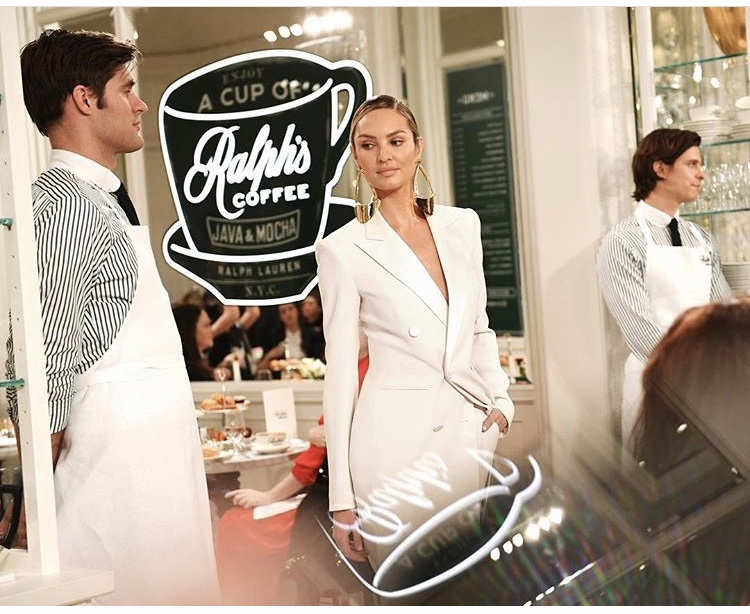
The concept of experiential retail was not lost during NYFW. In fact, one of the designers to fully embrace the notion was Ralph Lauren. The week kicked off with Lauren’s show in a non-traditional setting. The collection was displayed inside Ralph’s Coffee, a coffee-shop pop-up inside the designer’s Manhattan store. Models walked through the café while attendees sat at tables, sipping coffee, enjoying breakfast and taking in the latest designs. The brand took the experiential concept a step further beyond the fashion week crowd, keeping the café open for an additional few days so the public could pay a visit, even making reservations available through Open Table.
In a crowded landscape, where consumers have endless options of where and how to buy, consumers need a reason to shop a certain retailer, especially in stores. Additionally, consumers are looking to experience more and many look to their favorite brands for more than just transaction fulfillment, as seen in the Mintel Trend, “Experience Is All.” Experiences like the Ralph’s Coffee café motivate consumers to visit a store and distinguish that particular brand or retailer from their competitors. The fact that a heritage brand like Ralph Lauren chose this approach for fashion week versus taking a traditional route, is representative of the scale of this trend. Existing brands and retailers can’t rely on their namesake and similarly, emerging brands need to find a unique way to set themselves apart. Such types of experiences will continue to be important for keeping consumers engaged and building loyalty.
Tech Integration
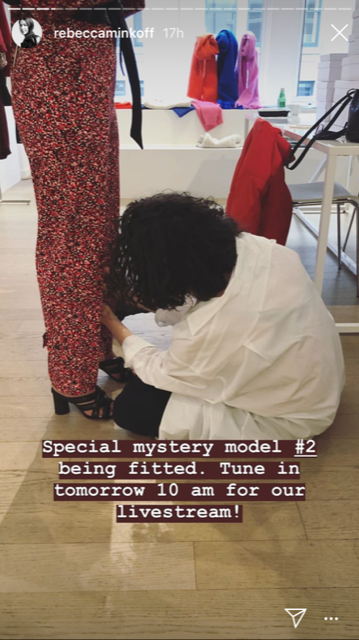
Technology has become an integral part of many consumers’ purchase journeys, both in terms of browsing and researching and as a tool to view products without being able to see them in person. It’s only natural that brands use tech to evolve how they showcase products at fashion week and one designer in particular adopted this strategy effectively. Rebecca Minkoff used technology in various ways to build anticipation for her collection and make it easily available to consumers, no matter their location. Leading up to her show, the designer used social media to tease looks on Instagram. Minkoff also used social to involve her followers, using polling features on Instagram stories to gauge input on things like nail color and even inviting the public to witness the final casting decisions inside her NYC store. On the day of the runway show, followers could watch via livestream and subsequently shop most looks from the collection through Instagram and the Rebecca Minkoff website, thanks to a “see now, buy now” strategy.
The transparency of the internet has consumers expecting the same from their favorite brands. Technology gives customers direct access to fashion week, making them feel included. More than four in 10 online shoppers say their favorite online retailers feel more like friends than just companies, increasing to half among adults aged 18-34, according to Mintel data on online shopping. Minkoff’s approach helped followers get excited and created interaction with the brand, which ultimately forms a stronger connection with customers. Those who peeked behind-the-scenes or casted their vote on nail polish prior to the show were likely more inclined to tune in for the live event, or at least check out the full collection online afterwards, possibly motivating them to make a purchase.
Focus on Inclusivity
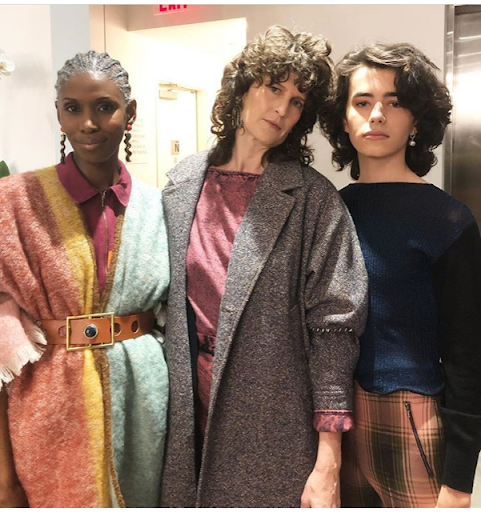
Fashion week is no longer an event exclusively reserved for the industry’s elite. Influencers and bloggers are forcing an inclusive mindset at events. Many designers are taking a similar approach in how they choose to design and display their collections, featuring a more diverse set of models. For Rachel Comey’s collection, the designer acknowledged the diversity of her customer by displaying similar representation in the show, featuring models of all ages, as well as multicultural models and those wearing up to size 10. 11Honore, a plus size women’s e-commerce retailer, casted curvy models and transgender models, including actress Laverne Cox, in its show.
This trend isn’t unique to the runway. Other brands and retailers have aimed for larger representation in their advertisements. Late last year, Madewell ran campaigns featuring older female models to highlight the versatility of their clothing, while Aerie recently unveiled its latest #AerieREAL role models campaign, featuring a slew of real life women in lieu of traditional models. Consumers can detect inauthenticity and many have grown wary of such uses in advertisements, as seen in Mintel Trend, “The Real Thing.” Consumers seek real and genuine representation, which can help them form closer connections with brands and foster loyalty. The fashion industry has a trickle-down effect, which is why it’s continually important to see such inclusion starting on the runway.
For more NYFW coverage, check out the Mintel Instagram!





